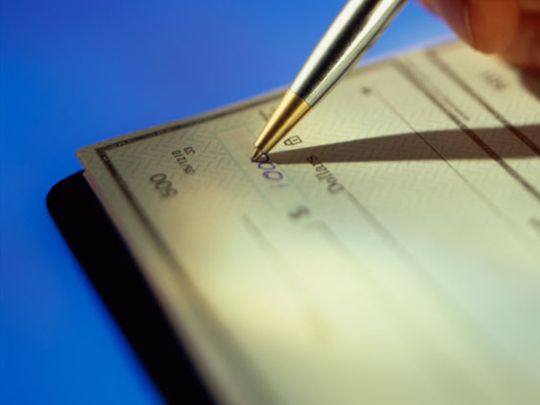
Dubai: Whether you sign cheques regularly, or happen to make a one-off payment by cheque for the next year, it is crucial you pen the date very carefully.
The digits 2020 throw up a lot of chances of fraud if not written completely. For example, people often write only the last two digits of the year so a cheque due for June 24, 2020 could have the date written in the following format: ‘24/6/20’. However, the ‘20’ at the end is susceptible to being manipulated, so someone could change the date to 2021 and claim the payment later, when the issuer of the cheque is not aware and may not have sufficient funds.
A message on Whatsapp has also been received by many users in the UAE, warning people of the same. The message reads: “While writing a date in upcoming year 2020, we should write in its full format, e.g. 31/01/2020 and not as 31/01/20 because anyone can change it to 31/01/2000 or 31/01/2019 or in between any year to his convenience. This problem will persist only this year. So be cautious about this. Don't write and also don't accept it while receiving any documents. Prevention is better than cure.”
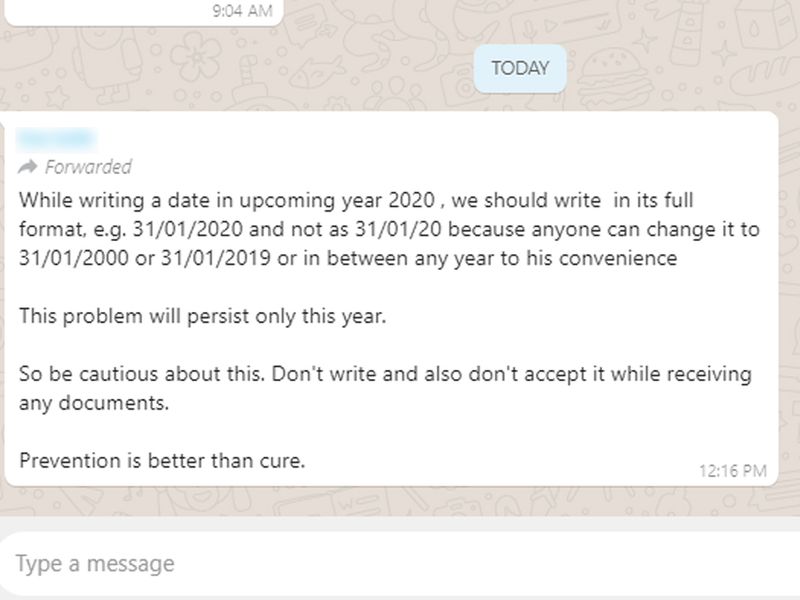
However, a banker Gulf News spoke with said that while no one would write an old date, as the cheque is invalid after six months of issuance, people could definitely write a future date like 2021 or 2022. So, people issuing the cheques should be careful.
“The person issuing a cheque might think that the cheques he issued – if not presented within six months – have become outdated. But the person holding the cheque might write 2021 and present the cheque next year. The issuer might not be prepared or might not have funds in the account to clear the cheque. This would lead to a bounced cheque, landing the issuer in trouble,” the banker said.
In an advisory to customers, Emirates NBD provides the following best practices that ensure that the cheque is not open to misuse and fraud:
1. Do not leave extra spaces
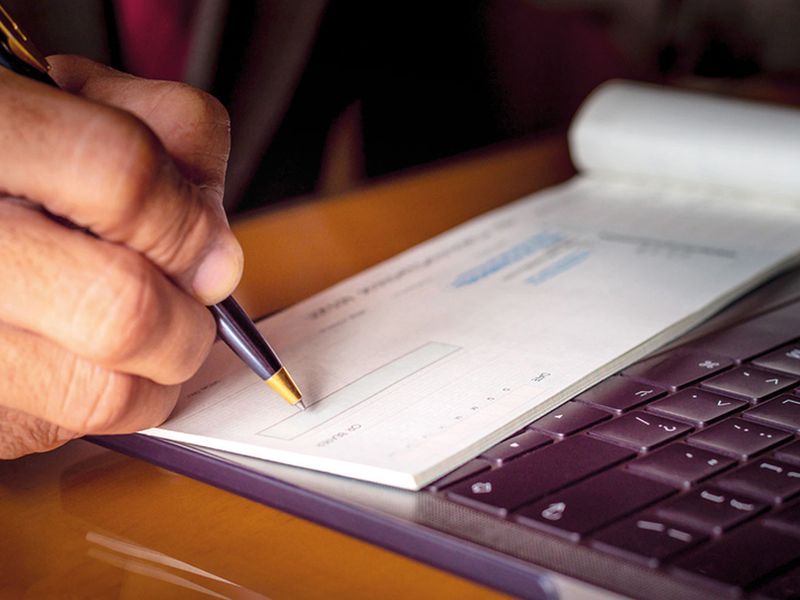
If you are writing the payee’s name, ensure that you do not leave big spaces between words. Make sure that you start writing the name right when the blank space begins.
2. Strike out extra spaces
If the name has not filled in the entire blank space provided for the name, makes sure you draw a line to fill up the blank space.
3. Cross out ‘the bearer’ when applicable
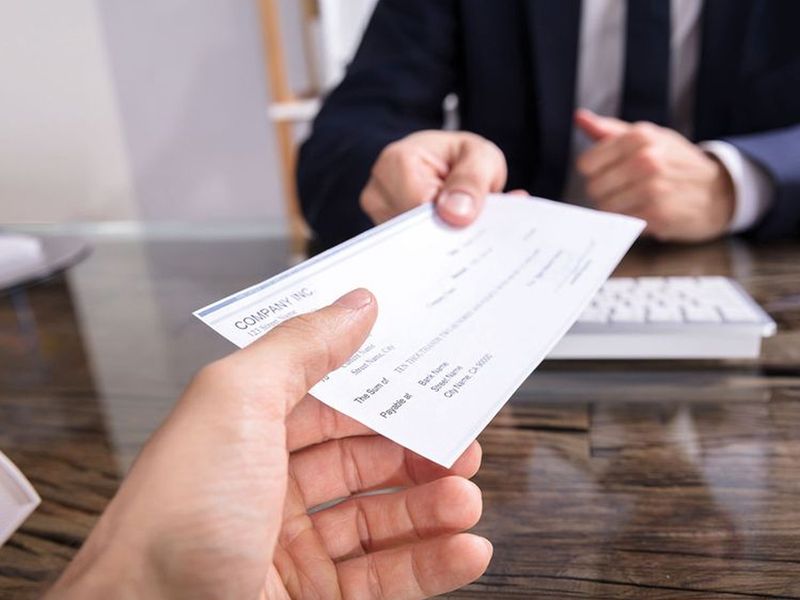
Cheques have an option of ‘or bearer’ right below the name of the person who the cheque has been issued to. If these words are not struck off, this means that it is a ‘bearer cheque’. In such a case, the cheque is payable to whoever presents it. As these cheques are risky, it is advisable to cross off the words ‘or bearer’ to ensure only the person who the cheque has been issued to is able to withdraw the amount of money mentioned on the cheque from your account.
4. If the cheque is meant to be credited to an account …
… instead of a cash withdrawal, you need to write ‘Account payee’ or ‘A/C Payee’ on top of the cheque between two parallel lines.
5. Don’t overwrite
Especially when you are entering the date, ensure that you write the complete date and do not make any alterations.
6. How to enter the right amount
When entering the amount, the issuer needs to write the amount in words as well as numbers. The first step is to once again ensure that there is no extra space between the words ‘AED’ and ‘Dirham’ and the first word or number of the amount. When writing the number, use a dot between dirhams and fils. When writing the amount in words, write only once you have finished writing the amount and strike off the additional space.
7. Do not write something on the MICR band
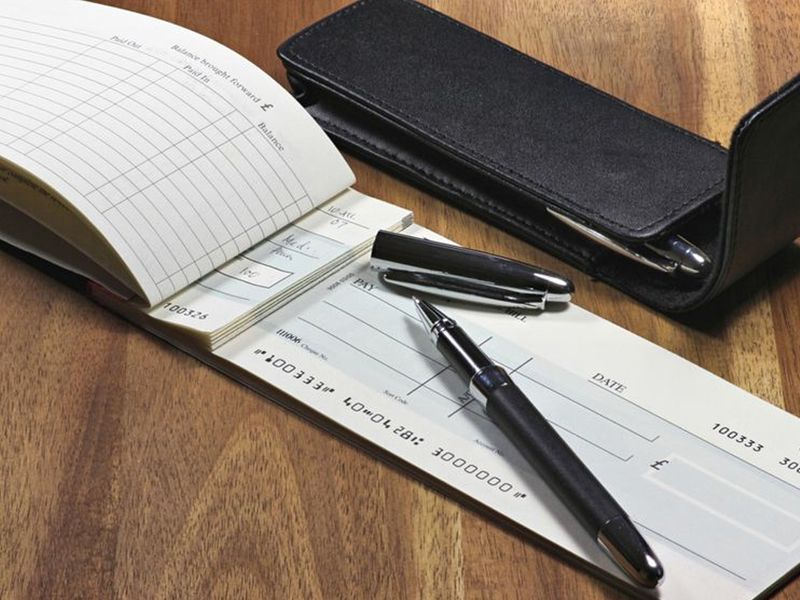
The Magnetic ink character recognition code (MICR) code can be found at the bottom of the cheque. The MICR line is a group of three numbers, which are the check number, account number, and bank routing number.
8. Make sure your signature matches the bank’s records
Minor changes to your signature can lead to the cheque not being honoured, so ensure your signature matches the one in the bank’s records exactly.
Some additional safety measures mentioned by Emirates NBD include:
1. Use permanent ink only.
2. Use the cheque leaves supplied by the bank.
3. Never sign blank cheques.
4. Fill in the date, name and amount before signing the cheque.
5. Avoid any gaps between the printed area on the cheque and the information you fill in.
6. Draw up a line to fill up unused spaces.
7. Cross out any mistake neatly and sign in full against it.
8. Do not write, pin, staple, paste in the MICR band.
9. Make the cheque to be credited to an account, called a crossed cheque, wherever possible.
10. Do not sign in multiple places.
11. When cancelling a cheque, mutilate the MICR and write CANCEL across the cheque between two parallel lines.
12. Always keep your cheque book under lock and key.








